Banner Photo: Makino River setup l to r: camera, A24 trap, Steve Allen SA2 trap, an AT220 trap and a DoC 200 trap
Pete and Judy gained experience with trail cameras working with the Australian Wildlife Conservancy monitoring endangered species such as Northern Bettongs and Carpenterian Pseudantichinus.
So when they set up an AT220 possum trap on the Makino R trapline, they also set up a trail camera to monitor it. The trap and camera have been in place for 15 months and show that the AT220 does kill possums – heaps of them.
But Pete and Judy also wanted to know: does this heap of possums bring in cats, stoats and ferrets to feed on easy takeaways of dead possums at the drive thru?
Pictures from the camera say: “Yes”.
Cats took an early interest, even removing possums from under the trap. The cat pictured was later trapped and on autopsy found it to have half a partially digested native pigeon in its stomach. Individual cats can be identified by their markings when on camera, so we know which cats are in the area.
Stoats visited the trap but did not eat possums until a big male had a feast in February 2023, spending almost a week dining out. Stoats are more difficult to identify as individuals but an indication can be given on size. No ferrets were seen on camera so it can be assumed that they are not in the area.
Knowing that cats and stoats are attracted to the dead possums, are we just supplying them with dinner or can we use the AT220 trap as an attractant for these killers of kiwi, whio and other birds? The picture of the whio pair was taken on 13.10.2022 at 12.47 am. On camera just 36 minutes earlier was a cat.
Not all the time are there fresh dead possums under the AT220, and cats and stoats prefer fresh food. A possum killed on 24.4.2023 was visited by a stoat nearly a month later on 21.5.2023 and not touched.
Using the information from the camera, Pete and Judy have set up a multi-trap station for cats and stoats for when they return to check out the MacDonalds of possum food and find it with no fresh dead possums. Visitors have the choice of an A24 trap, an SA2 Steve Allen trap and a DoC 200 as well as the AT220.
The camera is still monitoring the AT220 and other traps and as further information from it becomes available, trapping techniques will change so that we have the best chance of eliminating the critters that are killing our endangered wildlife.

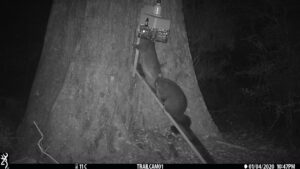
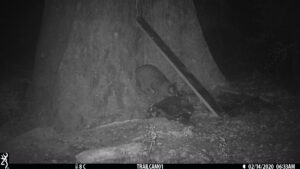
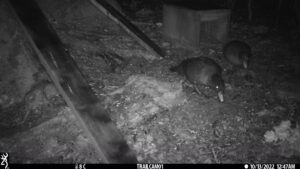
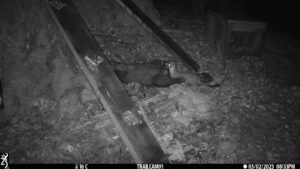
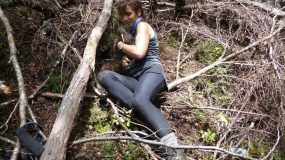




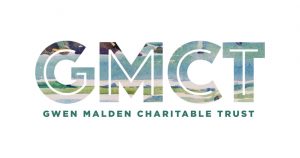
Leave a Reply